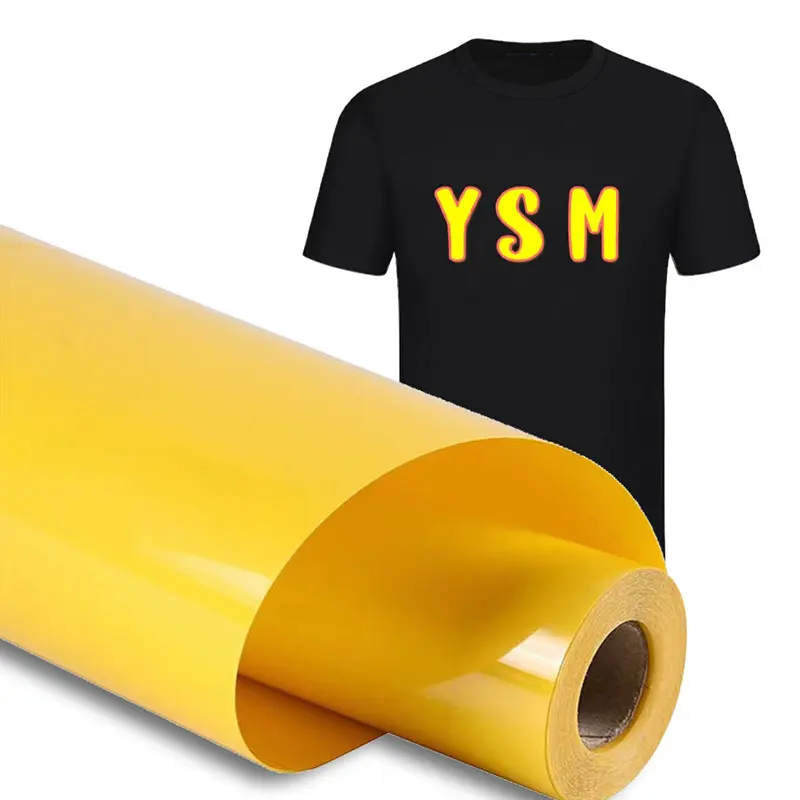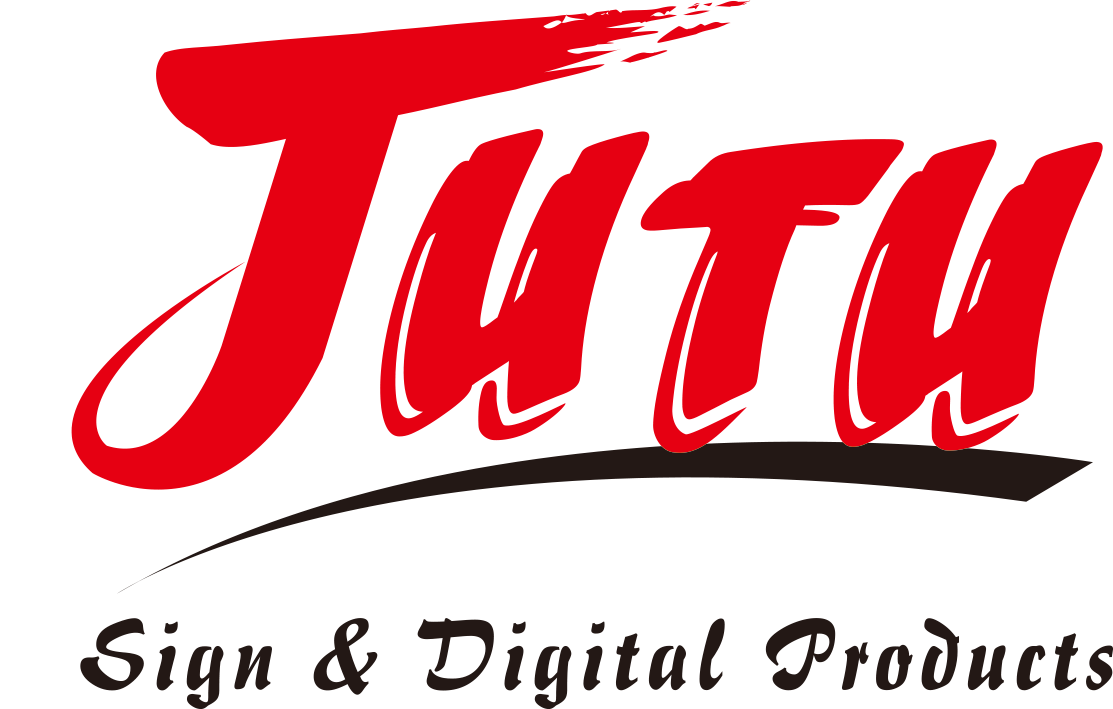Factors Influencing PVC Heat Transfer Vinyl Longevity
Material Quality and Manufacturing Standards
How long PVC Heat Transfer Vinyl lasts really depends on two main factors: the quality of materials going into it and how strict the manufacturing standards are. Better quality PVC just holds up better overall, which means those heat transfer designs stay looking good for much longer on t-shirts and other fabrics. Companies that follow industry standards closely, especially getting those ISO certifications right, tend to produce vinyl that performs reliably without falling apart after just a few washes. Some recent improvements have made a big difference too. Enhanced UV resistance has become pretty standard these days, helping fight off fading from sunlight exposure. This makes all the difference for items that get worn outside or displayed in bright areas, extending their useful life considerably compared to older versions of the material.
Environmental Exposure Conditions
The environment plays a big role in how long PVC heat transfer vinyl lasts. Sunlight, especially those harmful UV rays, breaks down the vinyl material over time. Different products degrade at different speeds based on how much sun they get. Keeping moisture levels balanced matters too because when there's too much humidity around, the adhesive starts losing grip after months of being stuck on fabric. Temperature swings also create problems for vinyl since it expands when warm and contracts when cold, which eventually leads to cracks forming. And let's not forget about dirt and grime from everyday life. Things like cleaning chemicals or industrial pollutants really take their toll on vinyl quality. That's why people who work with this stuff recommend keeping it away from harsh environments whenever possible if they want their designs to last longer than just a few washes.
Typical Lifespan Expectations for PVC HTV
Average Duration Under Normal Conditions
Most people find that their PVC Heat Transfer Vinyl lasts anywhere from three to five years if treated normally. How long it actually lasts depends on quite a few things though like what it's being used for, how often it gets handled, and where it sits when not in use. Take t-shirts versus posters as an example. The stuff on clothes tends to wear out quicker since those garments get laundered so much over time. Some testing done recently showed this pretty clearly too. Materials stuck on billboards or display boards hold up way better than those constantly flexing with movement on someone's body throughout the day.
Durability Comparison With Other Vinyl Types
PVC HTV stands out among other vinyl options when it comes to lasting power. Studies show that what makes this material so tough is actually in its makeup, giving it much better wear resistance than regular heat transfer paper can offer. Many manufacturers we've talked to stress how important quality matters here. They point out that while good quality PVC does come with a higher price tag initially, most businesses find they save money in the long run because these transfers last so much longer. The extra investment pays off after just a few applications, especially for those who need their designs to stay looking fresh through repeated washing or exposure to harsh conditions.
Application Impact on PVC Vinyl Longevity
Proper Surface Preparation Techniques
Getting the surface ready right makes all the difference when applying PVC vinyl. First things first clean the area thoroughly dust and grease just won't stick properly otherwise. Most professionals recommend using good quality cleaners specifically designed for this purpose. After cleaning comes sanding and priming which really helps the vinyl grab onto the surface better and last longer. Many people skip this part but trust me it pays off down the road. Another trick worth mentioning is doing quick adhesion tests on small areas before going full scale. This simple check can save headaches later if there's any compatibility issues between materials. When someone takes the time to prep surfaces correctly their PVC HTV projects tend to hold up much better over time proving once again that proper groundwork leads to lasting results in any application work.
Heat Press Settings and Technique
Getting the heat press settings just right makes all the difference when it comes to how long PVC vinyl will last. Most folks find that keeping temperatures somewhere around 250 to 320 degrees Fahrenheit works best for getting good adhesion without melting anything. Pressure matters too - apply too much force and we risk damaging the vinyl itself, but go too light and the bond won't hold up over time. How long something stays under heat counts as well. Rush through the process and the connection between materials tends to be weak, which means our finished product won't stick around as long as we'd hope. When everything lines up correctly though, what we get is not only a better looking result but one that actually stands the test of time on those PVC creations.

Maintenance Strategies for Extended PVC HTV Life
Cleaning Methods That Preserve Integrity
Keeping PVC Heat Transfer Vinyl (HTV) looking good requires some care and attention. Mild soaps work best for cleaning because strong stuff tends to break down the material over time. A simple wipe down with a soft cloth gets rid of dirt buildup before it becomes a problem. Dust accumulates fast on these surfaces, so regular cleaning keeps scratches at bay from things like sand or grit getting stuck against the vinyl. Never reach for those heavy duty cleaners though. They'll eat away at the PVC and ruin whatever design was applied there. Most folks don't realize how sensitive this stuff really is until after the fact. Stick with gentle products and check in on the HTV every few weeks for any signs of wear. That kind of routine goes a long way toward making sure those custom designs stay vibrant and intact for much longer than expected.
Storage and Handling Best Practices
How we store and handle PVC vinyl makes all the difference in how long it lasts. Keep those vinyl rolls standing up straight in somewhere cool and dry to stop them from getting warped or losing stickiness. Direct sunlight is actually pretty bad news for stored vinyl materials because those UV rays really break down the material over time. When working with the stuff, don't pull it too tight while applying either. That just causes it to warp or crack later on. Stick to these simple guidelines and the vinyl will look good and perform well for much longer than if we neglect proper care. Most people forget about temperature fluctuations too, which can be just as damaging as improper handling techniques.
FAQ
What factors affect the longevity of PVC Heat Transfer Vinyl?
Material quality, manufacturing standards, environmental exposure, and adhesion conditions are crucial factors influencing the longevity of PVC HTV.
How can environmental exposure conditions impact PVC vinyl?
Exposure to UV light, moisture, temperature fluctuations, and contaminants can cause degradation. Maintaining optimal conditions can significantly extend its lifespan.
What are the typical lifespan expectations for PVC HTV?
PVC HTV typically lasts between 3 to 5 years under normal conditions, though this can vary based on application and environmental factors.
How can I extend the life of my PVC vinyl applications?
Proper surface preparation, optimal heat press settings, gentle cleaning methods, and appropriate storage practices can significantly enhance PVC vinyl longevity.

